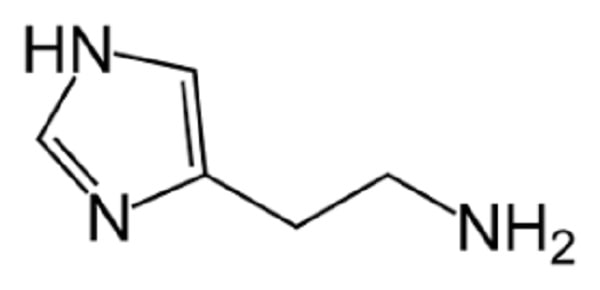Consumption of large amounts of histamine with food causes histamine poisoning in consumers. Not much information is available on the content of histamine in various foods in the country. At present, histamine levels have been measured in samples of foods consumed in the human diet that can contain histamine based on source information.
Evaluation of histamine content and the possibility of toxicity in some foods consumed
Methods:
This study was performed on 240 samples of 16 different types of foods consumed in the human diet. Histamine was extracted in fresh and canned fish samples by 75% ethanol solvent – 0.4 N hydrochloric acid and in other samples by 0.1 N hydrochloric acid. After passing the extracts through ion exchange chromatography column, histamine fluorescence derivative was generated by 1-phealdehyde solution and the amount of fluorescence emitted at the excitation wavelength of 350 nm and the emission wavelength of 444 nm were measured. Data were analyzed using descriptive statistical methods.

Results:
Spinach, fresh fish, canned fish and eggplant showed the highest levels of histamine with averages of 2.64, 2.77, 3.383 and 5.04 mg / g. All tested samples of spinach, fresh fish, canned fish and eggplant contained histamine and 53.3%, 0.2%, 13.3% and 13.3% of the tested samples of these foods contained values higher than 5, respectively. Mg were grams of histamine. Low levels of histamine were observed in a number of samples of tomatoes, pickles, walnuts, bananas, oranges, cheese, curd, yogurt and buttermilk, and in olives and tea, histamine levels were less than detectable.

Conclusion:
In addition to confirming that fish and seafood have a high risk of histamine poisoning, it also showed that the risk of histamine poisoning in humans as a result of consuming spinach and eggplant less than fish and its products will not be. Therefore, knowing the amount of histamine in foods in the human diet is also important in this regard, which can be a warning to prevent their simultaneous use by consumers, especially in people sensitive to histamine poisoning.
Source: Responsible author: Mehdi Zarei, Ali Fazlara, Farzaneh Zarezadeh
